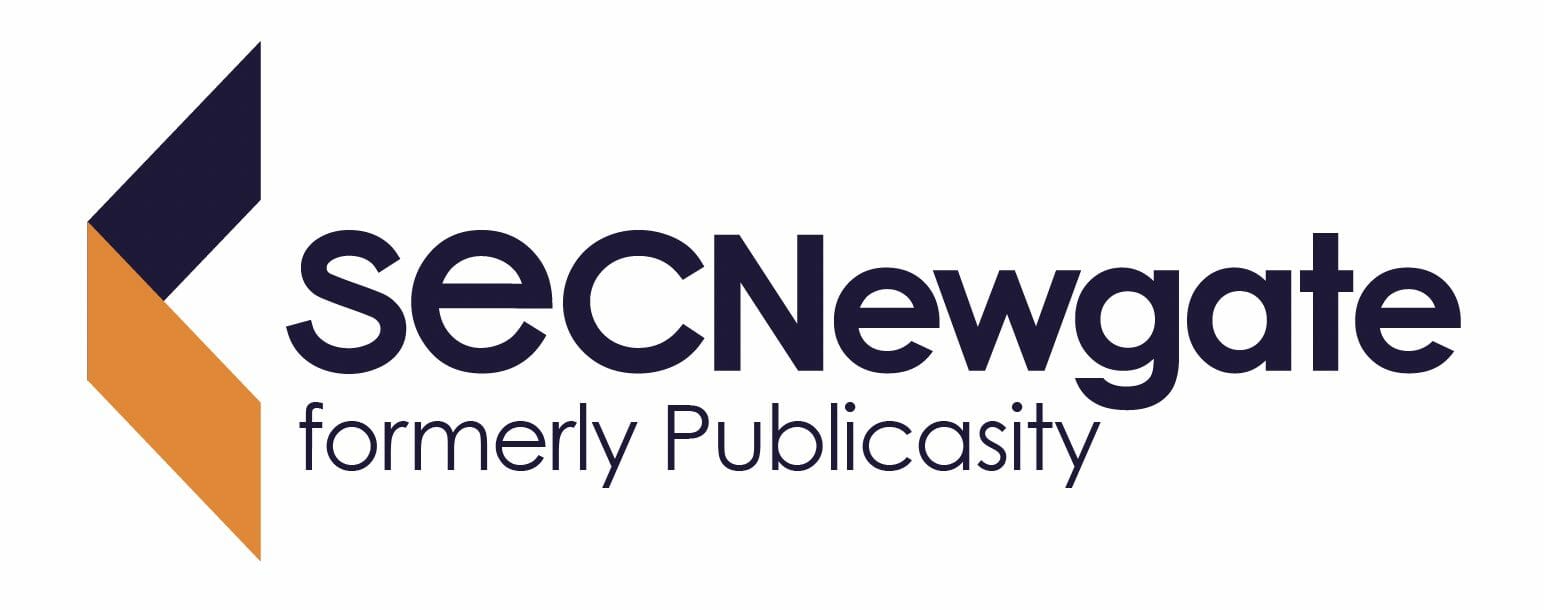I recently attended PR Moment’s PR Analytics Conference, a full morning of countless insights and information about how we measure communications, and while there were some conflicting opinions, such as big data vs small data, which is better? Predictive analytics – are they a good idea or risky? There were some things that everyone agreed on…
First off, what is the definition of good PR that we should all be striving for? Richard Bagnall of AMEC says it is PR that communicates the right message to the right target audience at the right time in the right medium to reach an objective – such as sales, footfall, hits, awareness, improving reputations, knowledge or share price.
So once we have achieved good PR, how to do we measure its success and impact? The current problem in the industry is that we are measuring outputs and not outcomes. Andre Manning of Philips says we must determine the analytics and ROI of our campaigns and they must be linked to sales, market intelligence and big data. Where outputs show our impact on media channels, measuring frequency, visits, share of voice; outcomes is all about measuring our impact on target groups – how did we impact knowledge, opinions and attitudes via awareness, comprehension, recommendations, purchasing intentions. And through this we need to look at business results – has our campaign added a value through increased revenue, reputation value, brand value, market share and even employee retention? Mr Manning has done away with the big coverage books and AVEs (that are so year 2000) across all his agencies and after 3 years of research has developed an algorithm which translates traditional numbers into an NPS score based around one question – would you recommend this company? This is then rated from 0-10 and then only an NPS score of eight or higher is recognisable.
Measuring the impact of our communications has never been so important and yet linking a brand’s communication efforts to overall big results is still risky and we must proceed with caution. We currently use data to find answers to our questions, BUT we should use data to determine the questions we should be asking. We need to measure what matters, not just count what is easy to count and we need to always tie measurement back to objectives. We need to move from big data to looking at how have we reached the right people. For example, if Justin Bieber tweets positively about your drink brand to his 50+ million followers, we would have looked at that as successful in the old ways of measuring – wow, what a reach! But beware of vanity metrics which are an output, not an outcome. If your drink brand’s target audience is affluent, professional men ages 28-45 and Justin Bieber’s followers are generally teenage girls, then how is his tweet an example of good PR?
Social listening is vital in determining outcomes and brands are catching on. One successful case study is ASDA adding social media to its packaging with hashtag #chosenbyme. We need to understand that we are in the age of the opinion and brands must have transparency and honesty with their customers. Just look at the importance of sites like TripAdvisor.com and CheckaTrade.com – what other people are saying will be more important than what we say about ourselves, not to mention more convincing. Will McInnes at Brandwatch predicts that we will get to a time in the near future where we will make all our purchasing decisions based on what other people say, not what brands say directly. We need to get ready for transparency everywhere at all times.
Perhaps the comment that stayed with me the most was: “If we cannot prove the value of what we do, we will never command the fees that we should. The evaluation issue has held our industry back for far too long.” I left feeling very proud that Publicasity’s motto is Outcomes Matter, not Outputs Matter. We are heading the in right direction for the future of PR, where strategic communications without analytics is now a contradiction.
Julie Malamute
Julie is an Associate Director at Publicasity.

